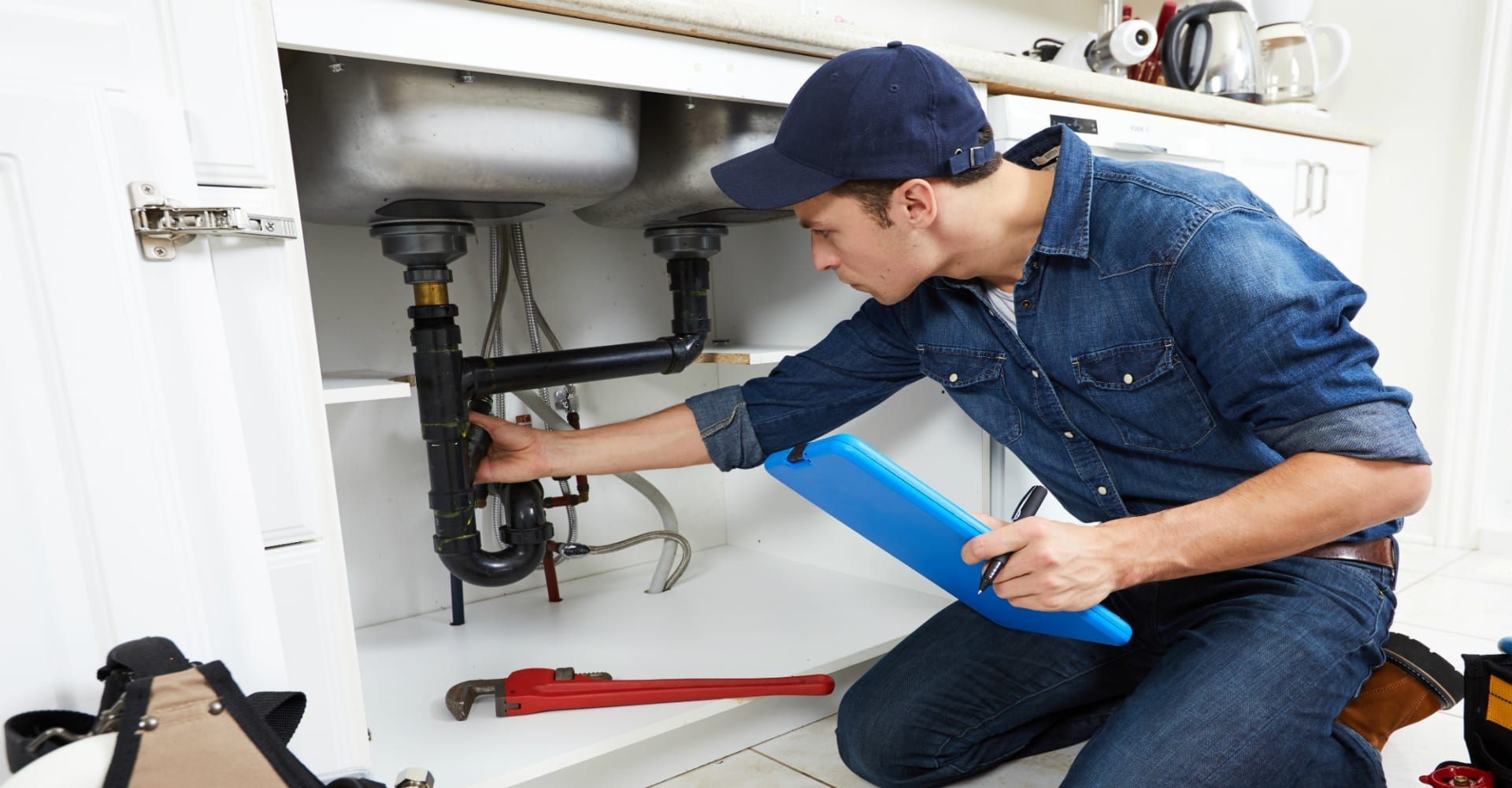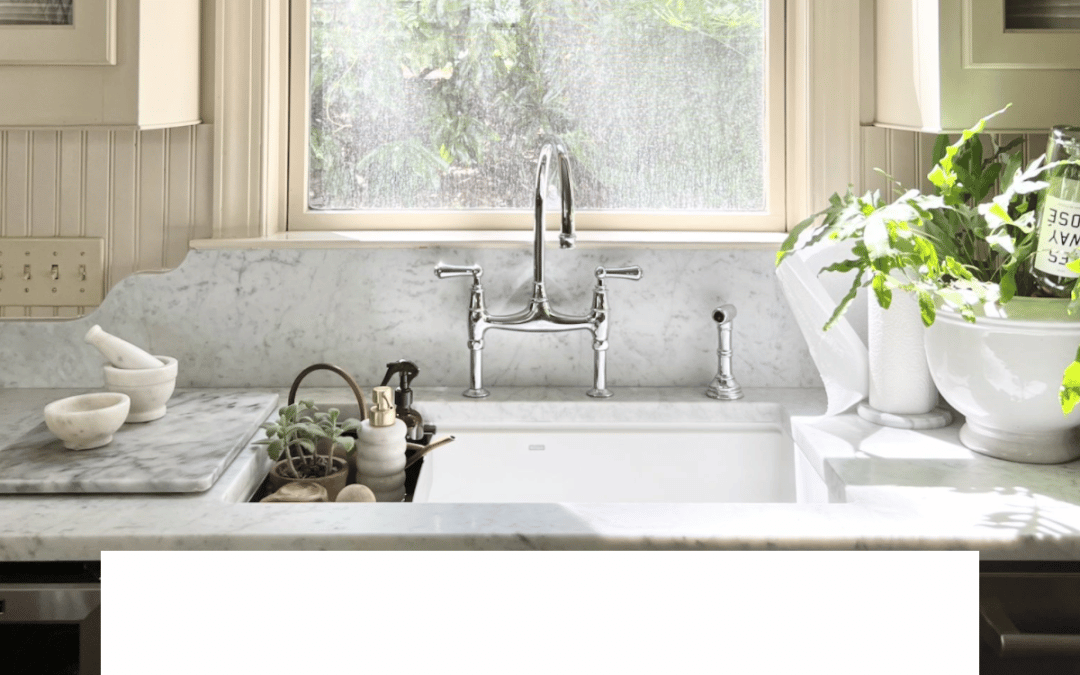Efficient Tips for Winterizing Your Plumbing and Protecting Against Freezing Temperatures
Efficient Tips for Winterizing Your Plumbing and Protecting Against Freezing Temperatures
Blog Article
How do you feel when it comes to How to stop pipes from freezing during the winter?

All homeowners that live in warm environments need to do their ideal to winterize their pipelines. Failing to do so can mean disaster like frozen, cracked, or ruptured pipes.
Try a Hair Clothes Dryer or Warm Weapon
When your pipelines are nearly freezing, your trusty hair clothes dryer or warm weapon is a blessing. If the hot towels do not aid remove any resolving ice in your pipes, bowling warm air directly right into them might aid. You may finish up damaging your pipes while attempting to thaw the ice.
Open Closet Doors Hiding Plumbing
It would certainly be useful to open cabinet doors that are masking your pipelines when it's cold outside. They could be someplace in your kitchen area or restroom. This will certainly enable the warm air from your heater to flow there. Consequently, you prevent these revealed pipelines from cold. Doing this tiny method can maintain your pipelines warm as well as limit the potentially harmful outcomes of freezing temperatures.
Take Time to Cover Exposed Pipeline
One cool and simple hack to heat up frigid pipelines is to cover them with warm towels. You can cover them initially with towels. After securing them in place, you can put boiling water on the towels. Do it slowly to let the towels take in the fluid. You can also utilize pre-soaked towels in hot water, simply do not forget to wear protective handwear covers to safeguard your hands from the heat.
Switch on the Faucets
When the temperature decreases and also it appears as if the frigid temperature will certainly last, it will certainly help to turn on your water both inside your home and also outdoors. This will keep the water flowing with your plumbing systems. You'll finish up throwing away gallons of water this way.
When Pipes are Frozen, shut Off Water
Turn off the major water shutoff immediately if you notice that your pipelines are entirely icy or practically nearing that stage. You will normally find this in your cellar or utility room near the heater or the front wall surface closest to the street. Turn it off right now to stop further damage.
With even more water, even more ice will pile up, which will eventually lead to break pipes. If you are not sure about the state of your pipelines this wintertime, it is best to call an expert plumber for an evaluation.
All homeowners that live in temperate environments must do their finest to winterize their pipelines. Failure to do so can spell catastrophe like icy, split, or ruptured pipes. If the warm towels do not help remove any kind of working out ice in your pipelines, bowling warm air directly into them might aid. Transform off the main water valve quickly if you notice that your pipes are totally icy or virtually nearing that phase. With more water, more ice will stack up, which will at some point lead to burst pipes.
PREVENT YOUR PIPES FROM FREEZING THIS WINTER
A Leading Cause of Property Damage
When the weather is taking a deep nose dive into the cold dreary days, the risk of your pipes freezing and potentially bursting skyrockets. Unfortunately, during these cold dreary months, burst pipes are the most common denominator for property damage. The pipes that are most at the risk are those that are in areas where it is most cold in your home. For instance, pipes located in interior places such as basements, attics, and your garage. Unfortunately, that doesn’t mean that the pipes running through your cabinets or exterior walls can’t freeze. Good news, however, is that you can do things to help prevent pipes from freezing.
How to Prevent Pipes From Freezing
Once the temperature starts to drop during the winter, you should be taking the proper measures needed to ensure that your pipes stay warm and that there is circulation of water through them. Some steps that experts may recommend could go against your better judgement when it comes to saving water and heat. However, it would go without saying that when expenses are compared, damaged pipes could put a bigger dent in your wallet than a water bill.
What Can I Do?
Keep your garage door closed. This is very important, especially if you have water supply lines running through your garage. Open your kitchen and bathroom cabinets to allow warm air to circulate through them. Allow air circulation throughout your home. Keeping the interior doors open will once again allow the warm air to circulate inside your home. Ensure your thermostat is running the same temperature throughout the night and day. If you plan to be away from home during the cold months, set your temperature no lower than 55° F. This should provide enough heat to keep the pipes warm and prevent any remaining water inside the pipes from freezing. For more of a long-term solution, add insulation to attics, basement, and other crawl spaces around your home. By allowing your faucet to drip, it will alleviate pressure in the system. This is important because the pressure that is created between the blockage and the faucet can potentially cause the pipes to burst. Allowing the faucet to drip will prevent the pressure from building up, therefore keeping the pipes from bursting. Seal any cracks, openings, and crawl spaces around your home to prevent cold air from coming inside. This keeps your pipes-not to mention your home-warmer and less susceptible to issues caused by freezing temperatures. For the pipes in your home that are easily accessible, applying electrical tape to them might prevent them from freezing over. This is a quick fix, as you can apply the tape directly to the pipe. There are two options for heating tapes. One turns on and off by itself when it senses heat is needed. The other type of heating tape needs to be applied when heat is needed and removed when not necessary. If you have exposed pipes in your home, you can check this website to take a look at a few options that would be available at a shop near you.

Do you appreciate reading about Winterizing Your Pipes? Try leaving a remark down below. We'd be pleased to know your reactions about this blog entry. In hopes that you visit us again before long. Sharing is good. Helping others is fun. Thanks for your time. Come back soon.
Leaks? Ring us! Report this page